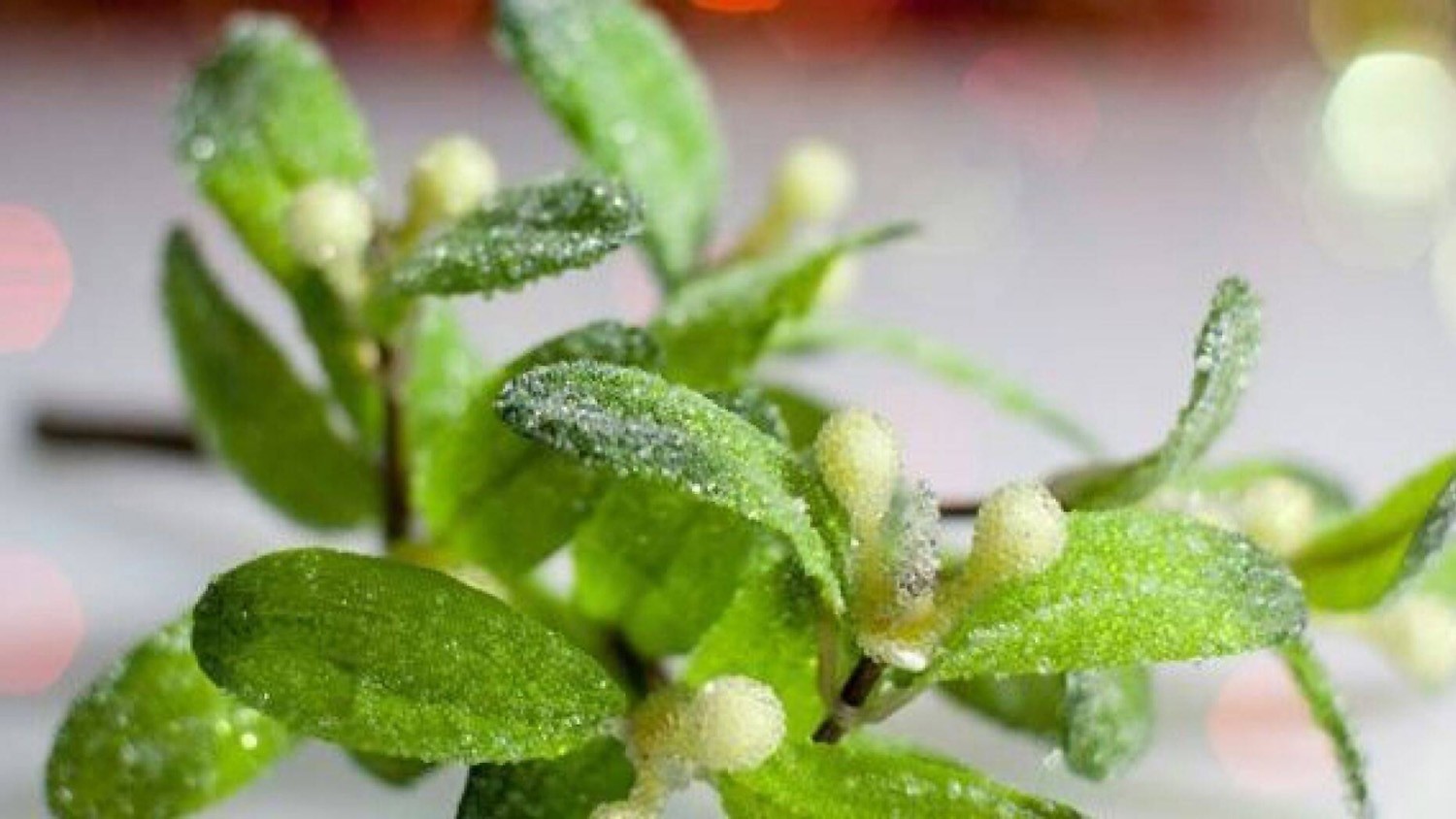Wrapped in Tradition, Holiday Greenery Embraces the Past
Story by Jeanie Edgmon | Intro Photo by Lionello Delpiccolo
No Christmas celebration is complete without decking the halls with holiday greenery. Trees, wreaths, swags, garland, holly, and mistletoe abound during this season, as do the many legends surrounding the long and diverse history behind the traditions. While Christmas celebrates the birth of the Christ Child, many of the decorating traditions we use to mark the occasion were adopted from other more ancient traditions and only integrated into our celebrations in relatively modern history.
While it is hard to imagine now, the idea of Christmas decorations and holiday greenery was nearly unheard of in early America. The Pilgrim’s second governor, William Bradford, worked to abolish what he felt was the pagan mockery of the Christmas observance, penalizing any frivolity. Oliver Cromwell preached against the adoption of heathen traditions including decorated trees and any joyful expression that would desecrate the sacred event of the birth of Jesus. In 1659, the General Court of Massachusetts even enacted a law that any observance of December 25th outside of a church service a penal offense and people were heavily fined for hanging any decorations.
In the 1830s our country saw an influx of German immigrants who brought their tradition of bringing a shaped tree indoors for the Christmas season. At that time, most of the population still held to Puritan traditions, so most people were not decorating their homes and Christmas decorations were seen as ostentatious, and the antithesis of what they felt Christianity represented. Those who did decorate did so modestly with a small tabletop tree decorated with a few whimsies.
In 1846, the popular royals, Queen Victoria and her German Prince Albert were sketched and featured in The Illustrated London News standing with their children next to a large and beautifully decorated Christmas tree. The image became quite popular in our fledgling nation and reprinted in newspapers across the country. As the Queen was seen as quite pious, her use of a Christmas tree helped to thaw the pagan stigma and Americans warmed to the idea of holiday decor. As the 19th century progressed, celebrating Christmas became a more acceptable tradition and many people incorporated the familiar use of greenery such as mistletoe, holly, and evergreens into their decorations while giving them new meaning.
Since ancient times, evergreens have symbolized eternity and everlasting life and were typically used to decorate homes and in winter festivals to promote long life, chase away evil spirits, and strengthen the sun. The Romans were known to use wreaths adorned with candles to celebrate the festival of Saturnalia, or Winter Solstice, which began on December 17th. The Germans who trimmed their Christmas trees to fit indoors and have a more uniformed shape often took the trimmings and formed them into wreaths or boughs. Before they were associated with Christmas, wreaths were a prominent ancient emblem of victory and power in Greece and Rome. Christians added a new layer of meaning to this practice with the circle of greenery representing divine perfection, eternity, and hope. A German Lutheran pastor named Johann Hinrich Wichern is often credited for using the wreath as a symbol of the Advent, and lighting candles of various sizes and colors in a circle as Christmas approached to symbolize Jesus as the light of the world.
Hanging mistletoe is another tradition we owe to ancient culture. Mistletoe was first associated with death in the Nordic regions. Frigga, the goddess of love and beauty, wanted to make the world safe for her son, Balder. Everything on earth promised to do him no harm except the one plant Frigga overlooked, mistletoe. Loki, an evil spirit, made an arrow from the mistletoe’s wood and killed Balder. Frigga’s tears became the plant’s white berries and revived her son. In her gratitude, Frigga promised to kiss anyone who passed under the mistletoe. In Victorian times, people formed balls of greenery with mistletoe at the bottom, called “kissing balls”, which encouraged the bonds of love and friendship.
Holly is also a commonly used Christmas greenery today that was once eschewed by early Christians but adopted later as the prickly leaves came to represent the crown of thorns and the berries, drops of blood.
Throughout history, ivy has been another form of greenery adorning our homes during the holiday season, and perhaps most universally symbolic. Ivy, which clings to another structure to grow, was used to symbolize our dependence on God and each other.
Today, there are no restrictions on the use of holiday greenery and we continue the tradition using the holiday staples in fresh and exciting ways to elevate our decor, no matter our personal style from Mid-Century Modern to Rustic Farmhouse. In addition to the use of seasonal favorites, Christmas greenery is expanding to include new favorites in festive ways, such as charming succulent or magnolia wreaths or simple twig boughs bound in silver ribbon. Whether simple or lavish, the possibilities are endless for creating a beautiful space that welcomes guests and creates the backdrop for a lifetime of memories.








